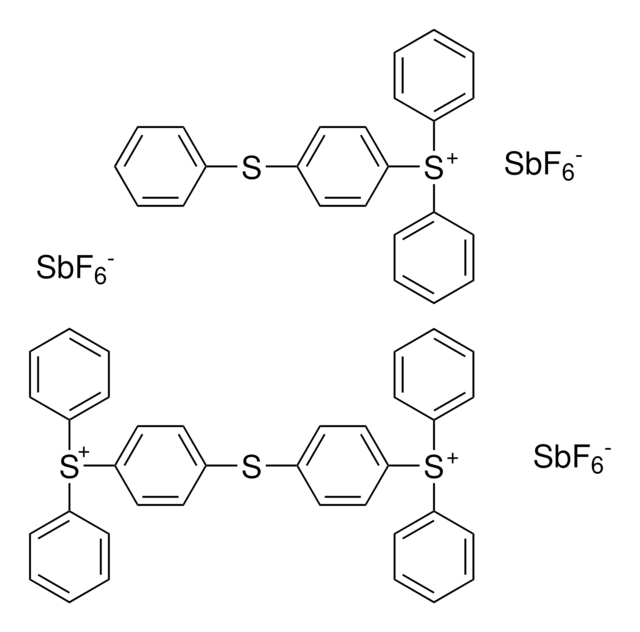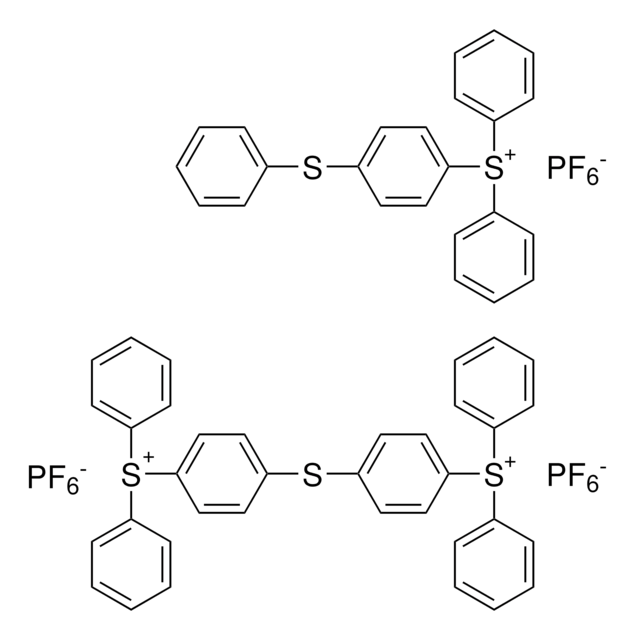If this product has an expiration or retest date, it will be shown on the Certificate of Analysis (COA, CofA). If there is no retest or expiration date listed on the product's COA, we do not have suitable stability data to determine a shelf life. For these products, the only date on the COA will be the release date; a retest, expiration, or use-by-date will not be displayed.
For all products, we recommend handling per defined conditions as printed in our product literature and website product descriptions. We recommend that products should be routinely inspected by customers to ensure they perform as expected.
For products without retest or expiration dates, our standard warranty of 1 year from the date of shipment is applicable.
For more information, please refer to the Product Dating Information document: https://www.sigmaaldrich.com/deepweb/assets/sigmaaldrich/marketing/global/documents/449/386/product-dating-information-mk.pdf
407208
3,4-epossicicloesilmetil 3,4-epossicicloesancarbossilato
Sinonimo/i:
Acido 3,4-epossicicloesancarbossilico (3′,4′-epossicicloesil)metil, Acido 3,4-epossicicloesancarbossilico (3,4-epossicicloesilmetil) estere
Scegli un formato
Scegli un formato
About This Item
Prodotti consigliati
Stato
viscous liquid
Livello qualitativo
Indice di rifrazione
n20/D 1.498 (lit.)
Punto di fusione
−37 °C (lit.)
Densità
1.17 g/mL at 25 °C (lit.)
Stringa SMILE
O=C(OCC1CCC2OC2C1)C3CCC4OC4C3
InChI
1S/C14H20O4/c15-14(9-2-4-11-13(6-9)18-11)16-7-8-1-3-10-12(5-8)17-10/h8-13H,1-7H2
YXALYBMHAYZKAP-UHFFFAOYSA-N
Categorie correlate
Descrizione generale
Può essere sintetizzato per reazione tra il 3′-cicloesenilmetil 3-cicloesencarbossilato e l′acido peracetico. Il suo scheletro alifatico e la sua struttura molecolare gli conferiscono una serie di proprietà di notevole interesse applicativo, quali: stabilità termica, resistenza alle intemperie e conducibilità elettrica.[1][2]
Applicazioni
- diluente reattivo o come agente di cross-linking nella preparazione di compositi epossidici ritardanti di fiamma, che trovano impiego nei settori dei materiali elettrici, delle fibre tessili, dell′elettronica e dei trasporti.
- Monomero nella sintesi di gel polimerici che trovano applicazione nei sistemi a rilascio controllato, nella veicolazione di farmaci e nei sensori.
Avvertenze
Warning
Indicazioni di pericolo
Consigli di prudenza
Classi di pericolo
Aquatic Chronic 3 - Skin Sens. 1
Codice della classe di stoccaggio
10 - Combustible liquids
Classe di pericolosità dell'acqua (WGK)
WGK 3
Punto d’infiammabilità (°F)
244.4 °F - closed cup
Punto d’infiammabilità (°C)
118 °C - closed cup
Scegli una delle versioni più recenti:
Possiedi già questo prodotto?
I documenti relativi ai prodotti acquistati recentemente sono disponibili nell’Archivio dei documenti.
I clienti hanno visto anche
-
How can I determine the shelf life / expiration / retest date of this product?
1 answer-
Helpful?
-
-
How is shipping temperature determined? And how is it related to the product storage temperature?
1 answer-
Products may be shipped at a different temperature than the recommended long-term storage temperature. If the product quality is sensitive to short-term exposure to conditions other than the recommended long-term storage, it will be shipped on wet or dry-ice. If the product quality is NOT affected by short-term exposure to conditions other than the recommended long-term storage, it will be shipped at ambient temperature. As shipping routes are configured for minimum transit times, shipping at ambient temperature helps control shipping costs for our customers. For more information, please refer to the Storage and Transport Conditions document: https://www.sigmaaldrich.com/deepweb/assets/sigmaaldrich/marketing/global/documents/316/622/storage-transport-conditions-mk.pdf
Helpful?
-
Active Filters
Il team dei nostri ricercatori vanta grande esperienza in tutte le aree della ricerca quali Life Science, scienza dei materiali, sintesi chimica, cromatografia, discipline analitiche, ecc..
Contatta l'Assistenza Tecnica.









